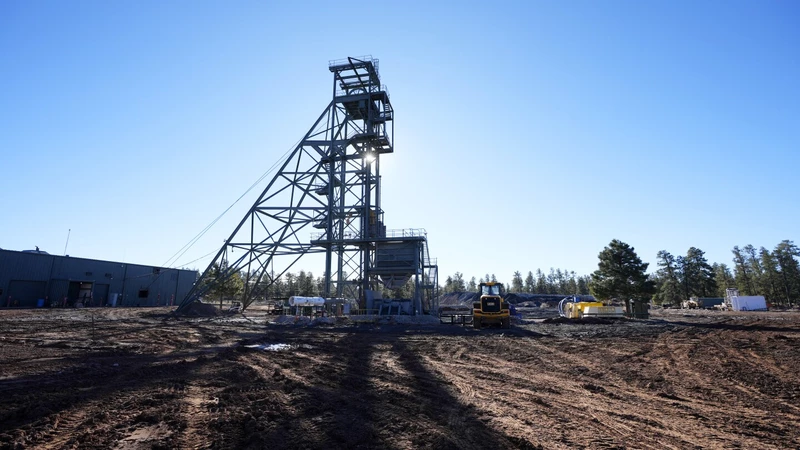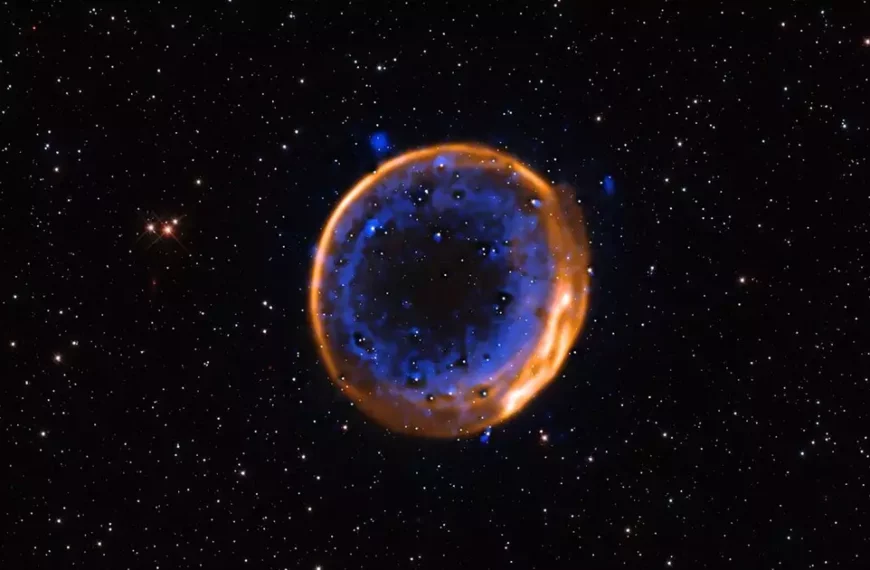The race towards clean energy and combating climate change has put nuclear power back in the spotlight. The Biden administration, along with many other countries, has pledged to triple the capacity of nuclear power worldwide, signaling a significant shift towards this energy source. With uranium being a key commodity in this endeavor, the government is offering incentives for the development of new nuclear reactors while also aiming to reduce Russia’s influence over the supply chain.
As the U.S. ramps up its nuclear power potential, concerns are being raised by environmentalists and Native American leaders about the impact on communities near mining and milling sites, particularly in the Western regions. The recent mining activities at the Pinyon Plain Mine near the Grand Canyon’s South Rim entrance have sparked fears and demands for better regulatory oversight. Despite assurances that the mine will cover only a small area and produce significant clean energy, there are lingering worries about the environmental impact.
Energy Fuels, a key player in the uranium industry, is at the forefront of these developments, with plans for additional mines in Colorado and Wyoming. The company has been a major contributor to uranium production in the U.S. over the past few years. However, concerns raised by experts and environmental groups have prompted a closer look at the permits granted for mining activities near sensitive areas like the Grand Canyon. The issue of existing rights and grandfathered operations adds another layer of complexity to the debate.
The proximity of the Pinyon Plain Mine to the Grand Canyon raises broader questions about the Biden administration’s stance on nuclear power and its environmental policies. While nuclear energy is touted as a cleaner alternative to traditional sources, the historical distrust and environmental impact associated with uranium mining cannot be ignored. Tribal communities in the Western U.S., including the Navajo Nation and Ute Mountain Ute, have valid concerns about the long-term implications of such projects.
In the push towards achieving emissions goals and transitioning to cleaner energy sources, striking a balance between nuclear power expansion and environmental justice remains a challenge. The Biden administration’s efforts to modernize the nation’s nuclear capabilities and support nuclear energy projects must be weighed against the potential risks and consequences for local communities and the environment. As the debate continues, finding common ground and addressing the concerns of all stakeholders will be crucial in shaping the future of nuclear power in the U.S.




 By
By
 By
By
 By
By By
By

 By
By
 By
By
 By
By
 By
By





